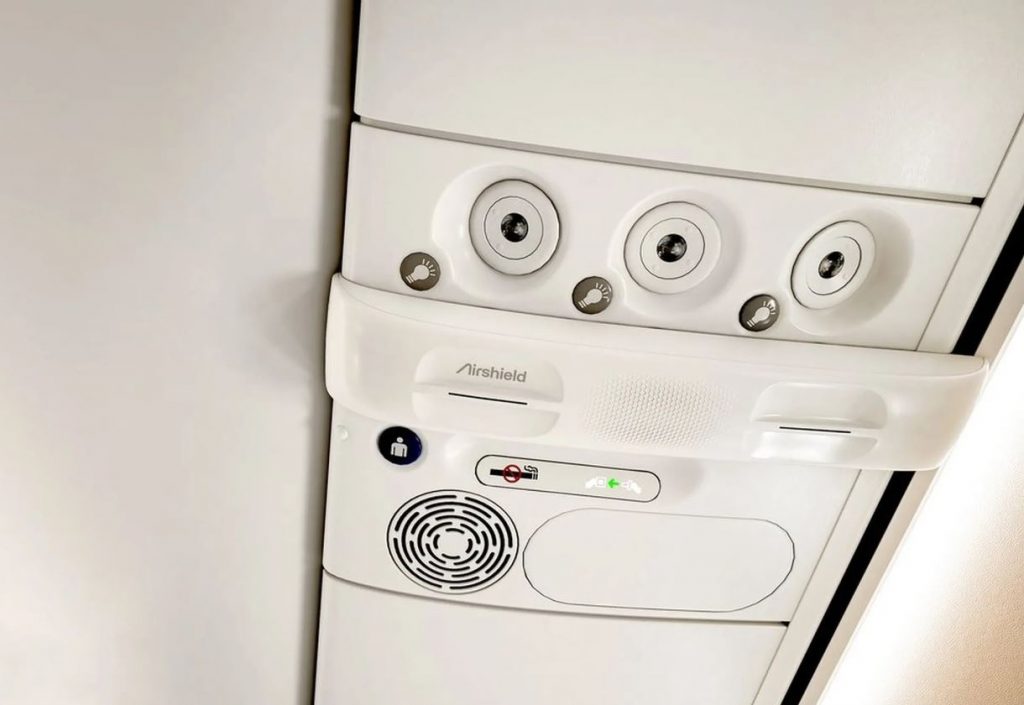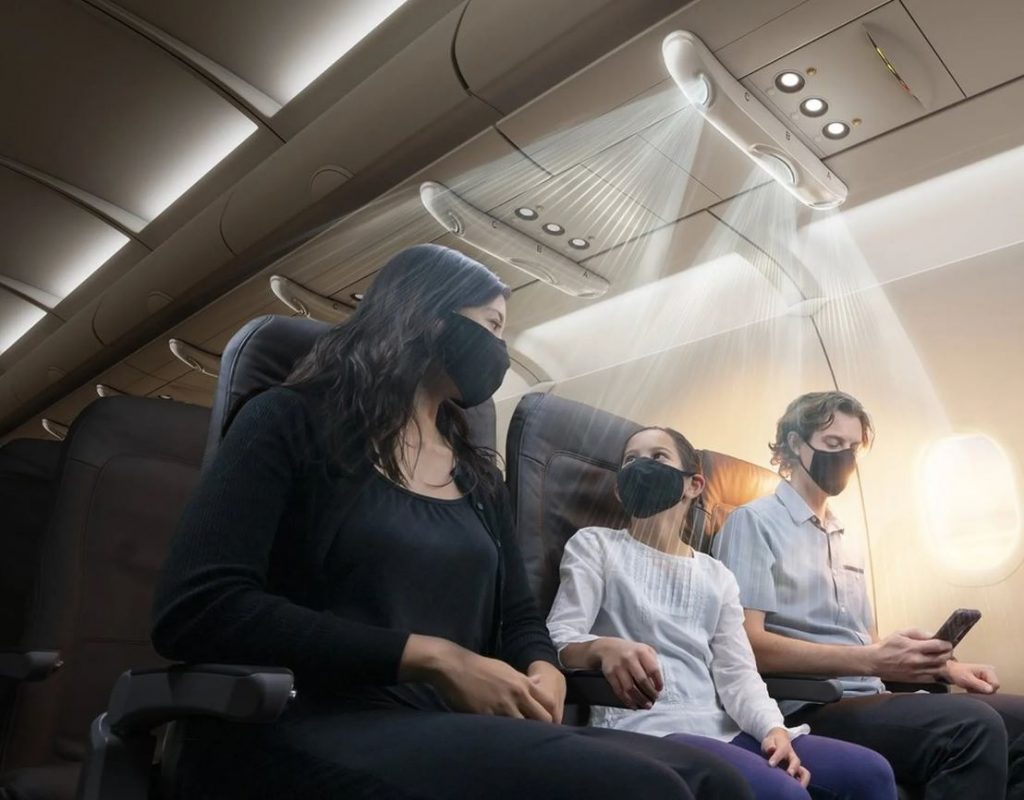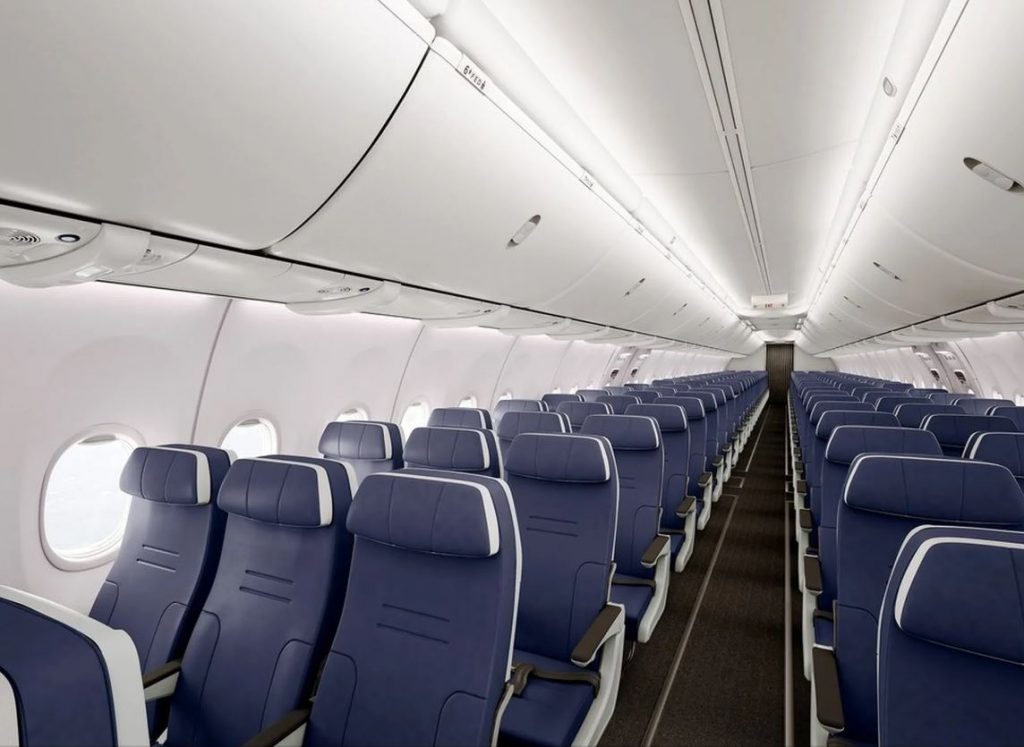Central WA firm’s ‘air shield’ tech aims for virus protection on airplanes
Play below for the audible version of this article:
Air travelers are returning to the skies and U.S. planes are now typically flying full and with many passengers not wearing masks — a worry for those most vulnerable to COVID-19 infection.
Pexco Aerospace, based in Union Gap in Central Washington, plans to offer a solution for airlines that could be ready to fly next year.
It has partnered with Seattle-based Teague, a leading design firm, to produce a simple snap-on plastic component that creates an “air shield” system it touts as increasing protection of airline passengers from virus transmission.
“There are still a lot of people concerned about air safety,” said Jon Page, president of Pexco. “We hope this will give people some peace of mind.”
Pexco, a unit of multinational aerospace conglomerate Transdigm, employs about 200 people in Union Gap, Yakima County, manufacturing plastic parts and trim for airplane cabin interiors, such as lighting and stow bin components and covers for the seat tracks.



The new product, a concept developed by Teague in 2020, is a plastic component that fits over the overhead air vents above each row of passenger seats and redirects the air stream.
Instead of a cone of air flowing onto a passenger’s head from a pinhole above, several thin, curved slots in the plastic transform the flow into a curved “curtain” of fresh air that surrounds the passenger at the side and in front.
The idea is that air breathed out by the passenger, even a cough or a sneeze, will be directed downward by the air stream to the cabin’s outflow vents at the floor level.
Pexco said its tests show the system reduces shared air particles between neighboring passengers in an economy cabin by 76%.
It’s designed to be easily retrofitted to a Boeing 737 or an Airbus A320.
Page said Pexco has worked with Alaska Airlines and Southwest Airlines to develop and test the system and is in the final stages of getting Federal Aviation Administration certification.
He said with just a final smoke test to be completed the system could be certified this summer and installed on the first airliners next year.
